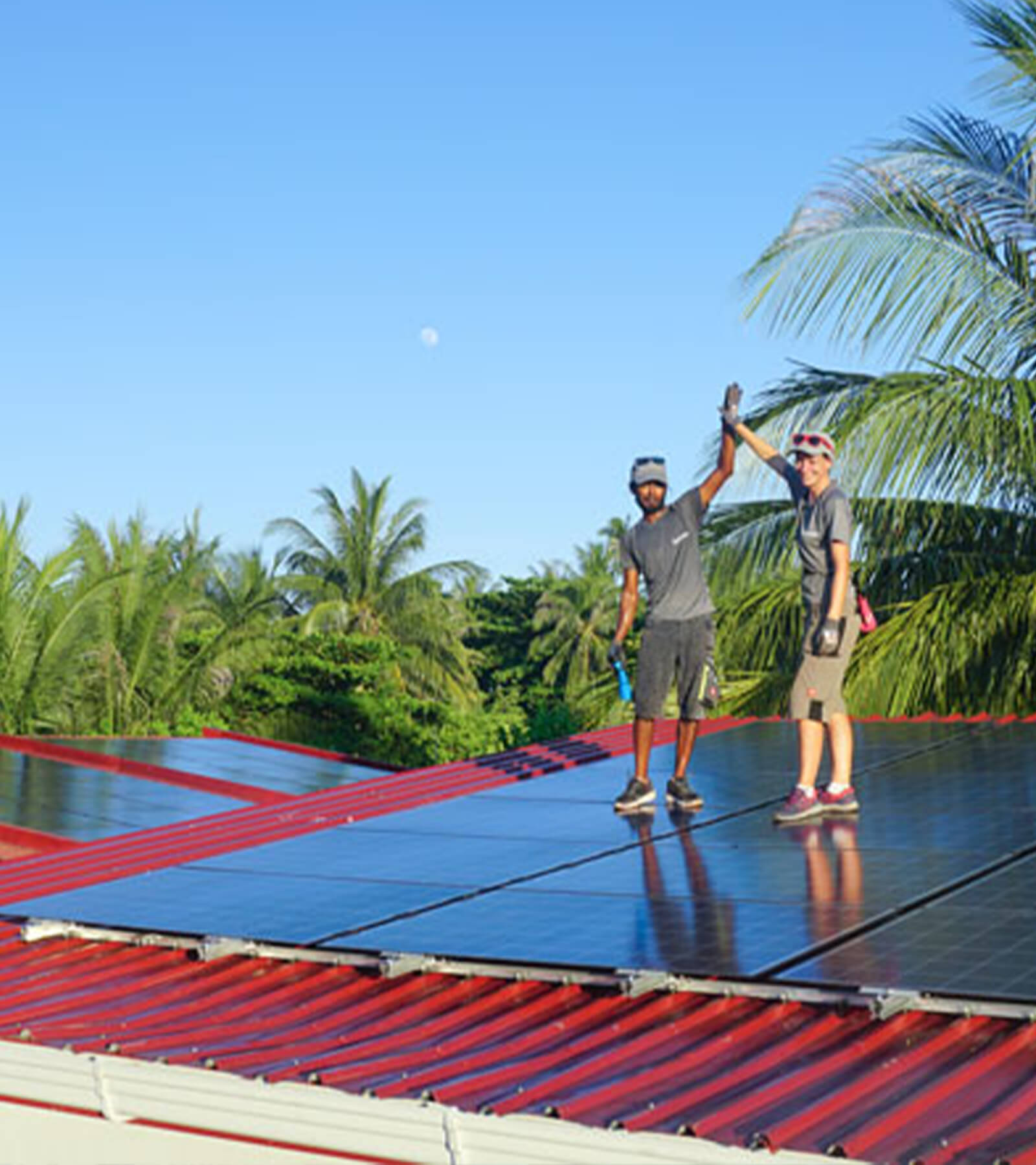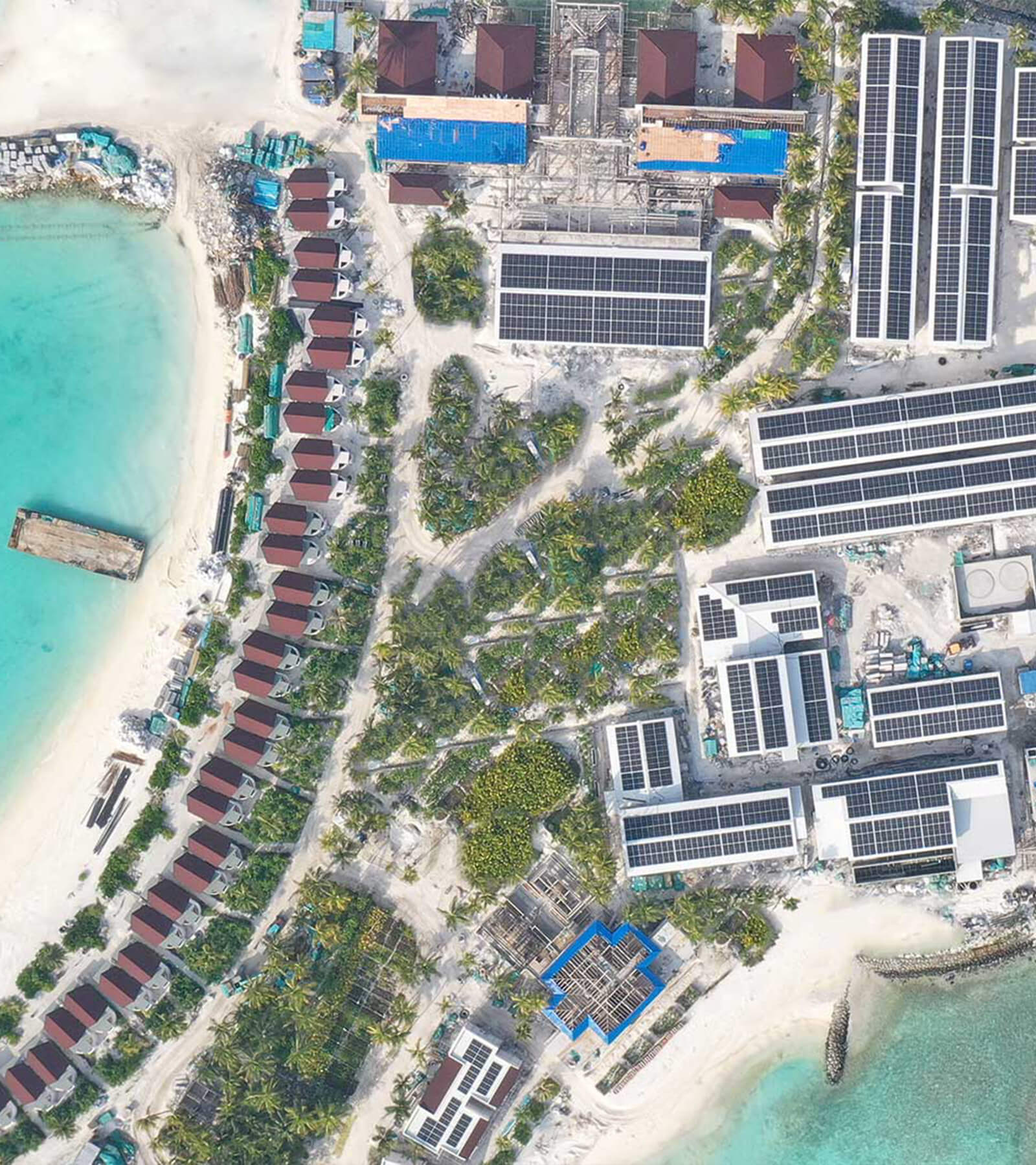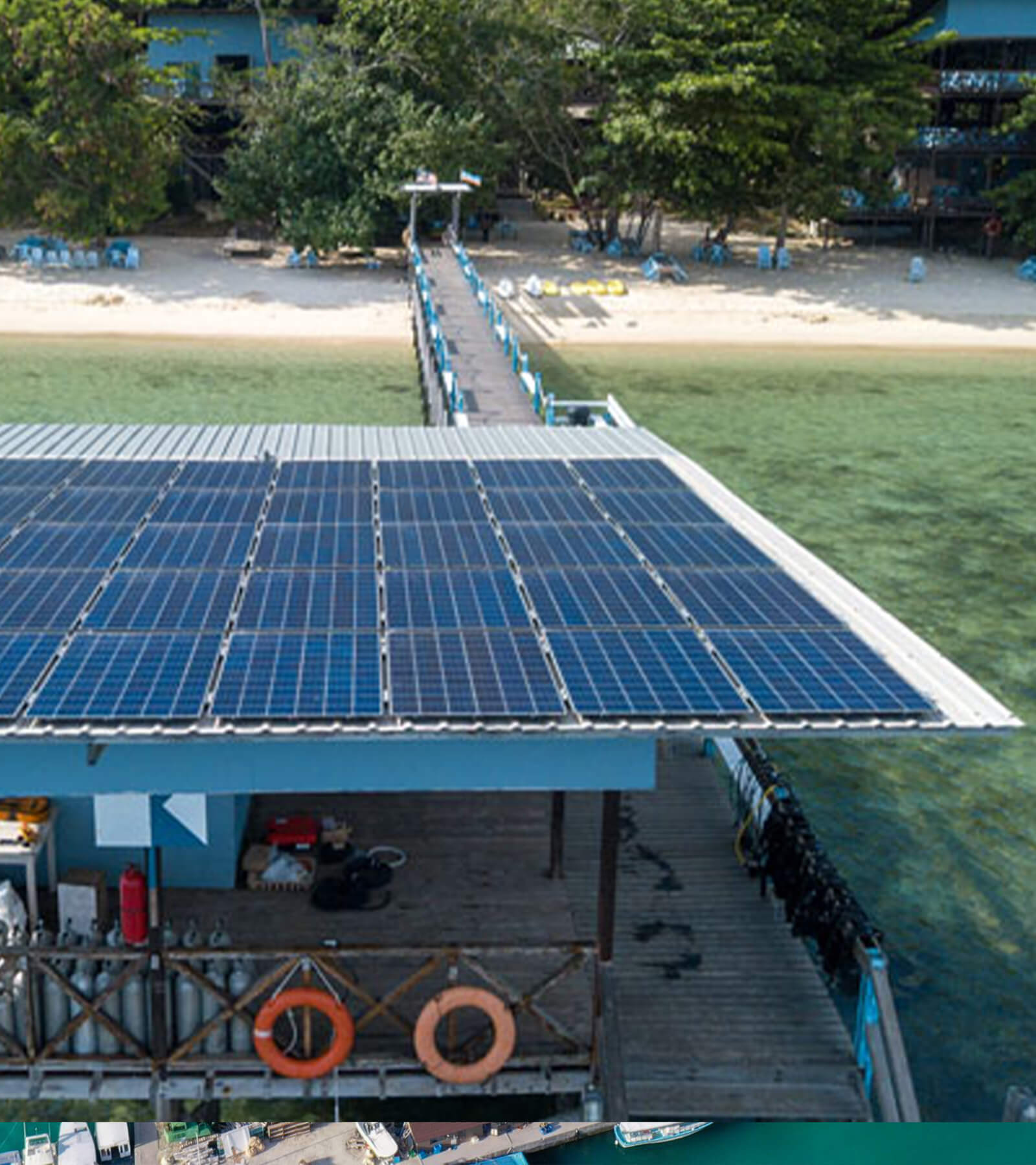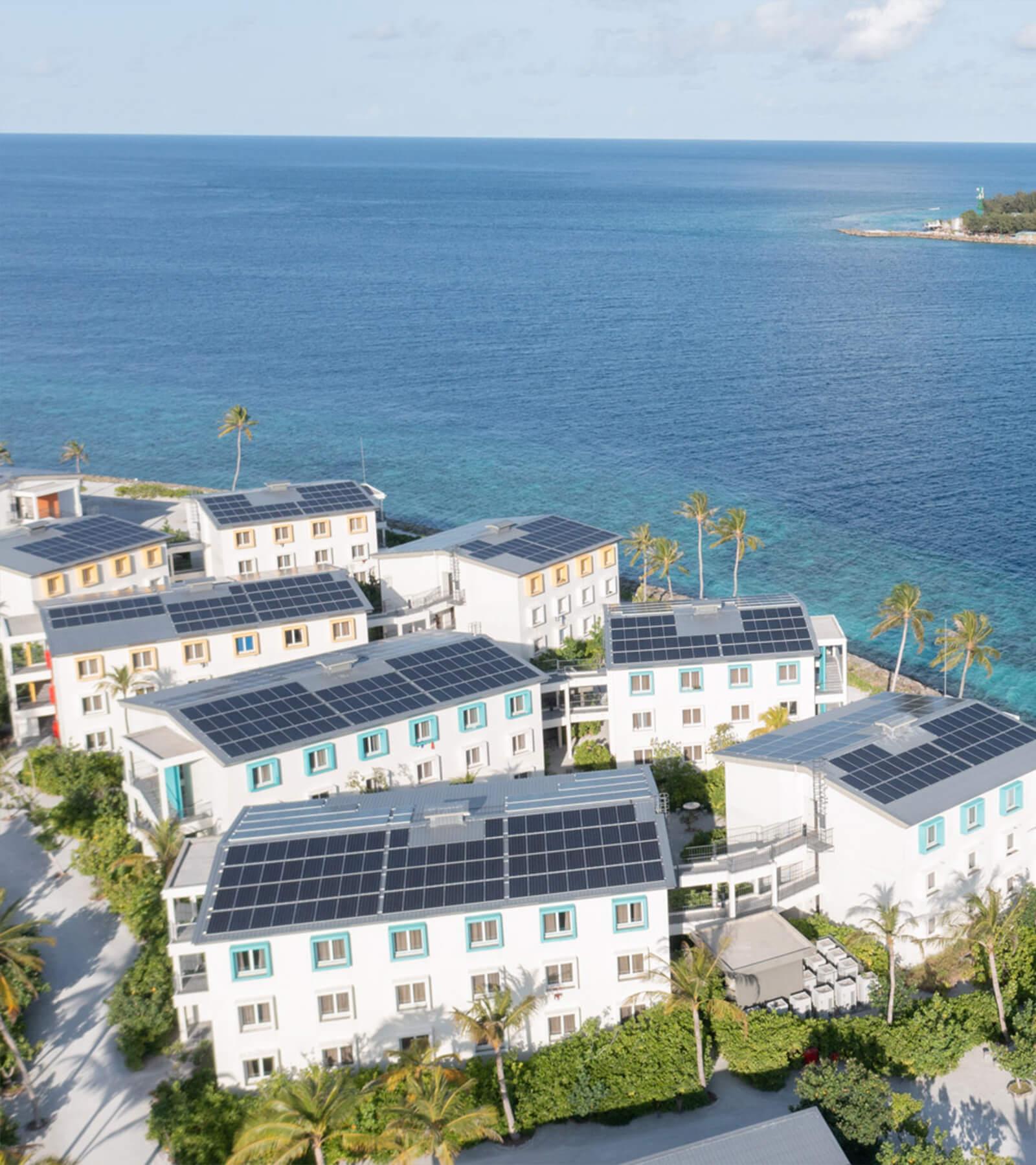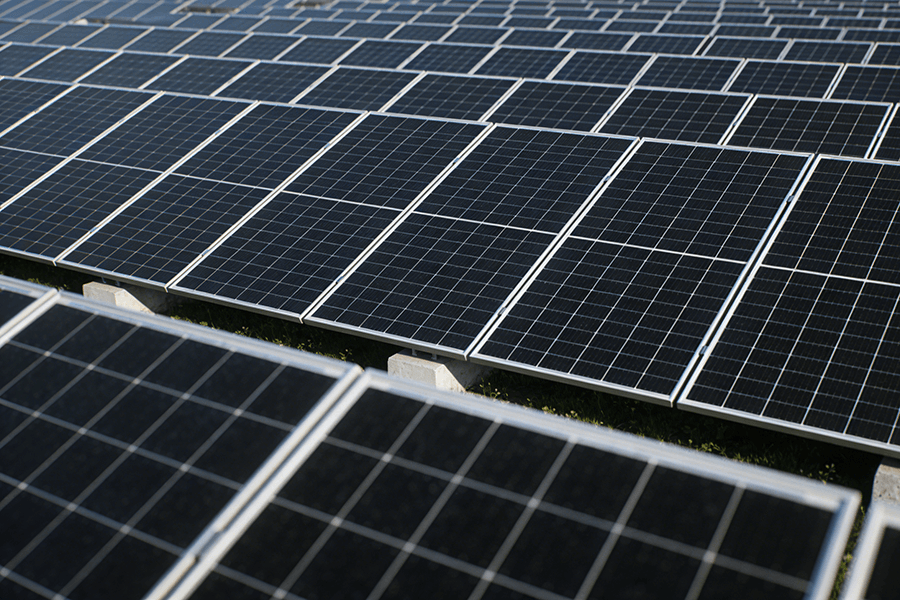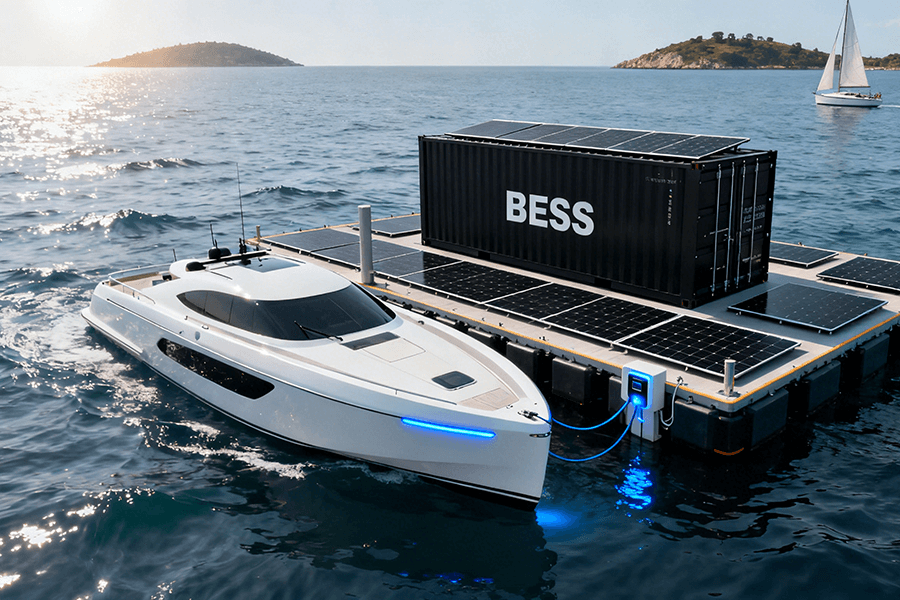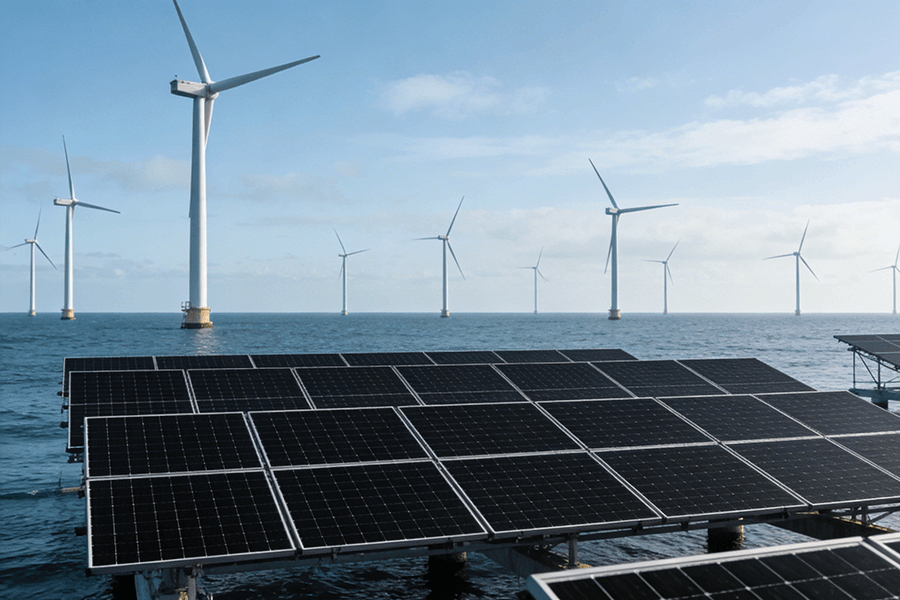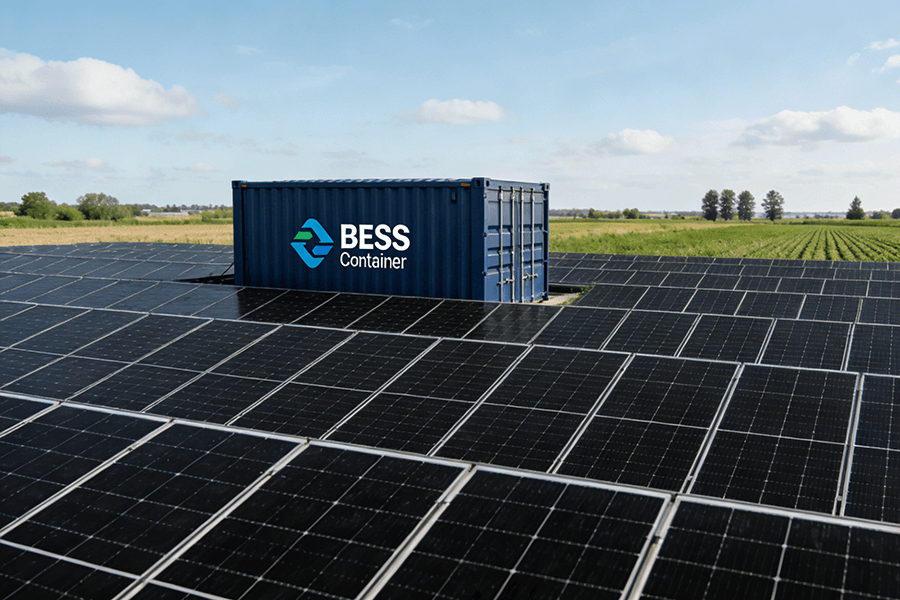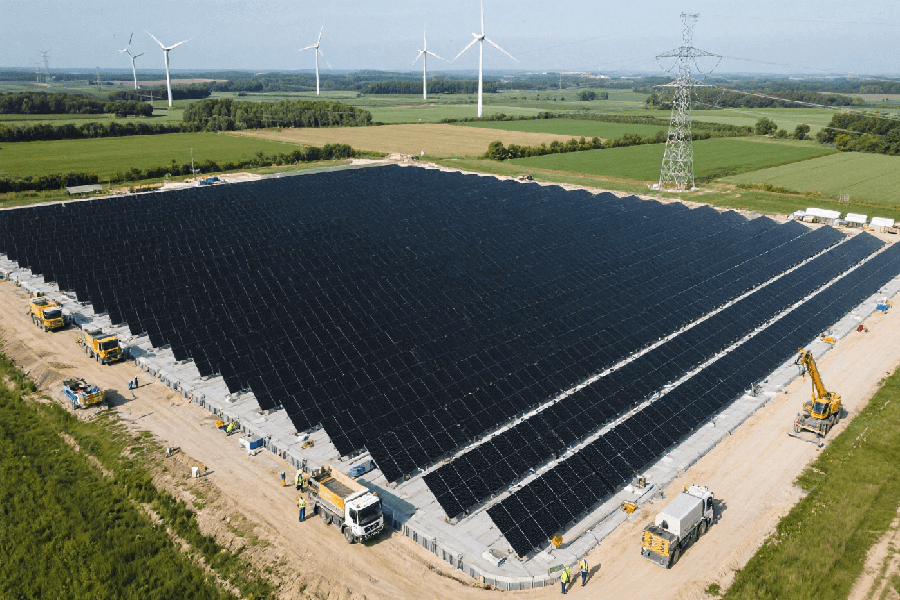
The Urgency: Europe’s Microgrid Sprint
- The 2030 EU Mandate: A Race Against the Clock
By 2030, the European Union has set an ambitious target: microgrids must account for 15% of the continent’s energy infrastructure. This mandate has sparked a high-stakes race among energy providers, utilities, and developers. With time ticking down, every delay in microgrid deployment risks falling short of sustainability goals—and missing out on a rapidly growing market opportunity.
- The Limitations of Traditional Microgrid Deployments
Conventional approaches to microgrid construction are fraught with challenges. From complex site preparations and lengthy permitting processes to scattered supply chains and unpredictable timelines, traditional builds often resemble a game of energy Tetris. Key drawbacks include:
-
- Lengthy timelines: Average deployment spans 6–12 months, subject to weather, labor shortages, and regulatory bottlenecks.
-
- Fragmented processes: Coordinating multiple contractors, equipment suppliers, and stakeholders leads to communication breakdowns.
-
- Cost overruns: Delays and inefficiencies inflate project budgets by 20–30% on average.
In short, traditional methods are as reliable as predicting April showers in Europe—full of uncertainty.
- BESS Containers: The Game-Changing Solution
Enter Battery Energy Storage System (BESS) containers: the ultimate accelerator for microgrid projects. These prefabricated, plug-and-play units transform deployment dynamics by:
-
- Slashing timelines: Standardized designs and factory assembly reduce on-site work, cutting overall deployment time by 60%. No more waiting for “next quarter”—these units can be operational within weeks.
-
- Simplifying logistics: Integrated systems arrive fully equipped with batteries, inverters, and control software, eliminating the need for piecemeal installations.
-
- Enhancing reliability: Factory testing ensures consistent performance, minimizing post-deployment issues. As one industry expert puts it: “With BESS containers, you can power up a microgrid before you can even finish spelling ‘renewables’.”
Why BESS Containers Are a Game-Changer
Plug-and-Play: It’s Like Energy IKEA, But Without the Headache
In the realm of traditional energy infrastructure builds, you’re essentially tasked with assembling a 10,000-piece puzzle amidst a howling windstorm. It’s a complex, time-consuming, and often error-prone process. Enter BESS (Battery Energy Storage System) containers—the energy industry’s equivalent of a pre-built Lego set. These units arrive at your site fully assembled, rigorously tested, and ready for immediate integration.
Real-world Success Story: Take Walmart’s Ohio supercenter, for example. Their team successfully retrofitted a BESS container in just three nights. The results? Zero downtime for the store, ensuring that customers could shop without interruption, and eliminating any of the common anxieties associated with complex installations, such as “where does this wire go?” panic.
So, how does this seamless process work? Each BESS container undergoes thorough factory testing. They are pre-wired, with every connection carefully checked and double-checked. Moreover, they come pre-approved, adhering to the highest industry standards. All you need to do is plug it in, flip the switch, and watch as your microgrid springs to life, efficiently storing and distributing energy as required.
Cash in Your Pocket: Savings That Make CFOs Smile
Traditional energy infrastructure builds are notorious for their exorbitant soft costs, which typically range from €18,000 to €42,000 per month. These expenditures encompass a broad spectrum of factors:
- Engineering Fees: Custom design work, site surveys, and ongoing technical consultations.
- Project Delays: Cost overruns due to permitting backlogs, unforeseen site conditions, or regulatory hold-ups.
- Financing Costs: Interest accrued during extended construction timelines and contingency budgeting.
In stark contrast, Battery Energy Storage System (BESS) containers offer a revolutionary cost-saving alternative—much like a professional chef using a precision mandoline to effortlessly slice through complex challenges.
The Role of UL 9540A Compliance in Cost Reduction
UL 9540A certification is not merely a symbolic accolade; it’s a strategic advantage in the energy sector. Here’s how it transforms the cost equation for microgrid projects:
| Compliance Aspect | Traditional Builds | BESS Container Approach |
|---|---|---|
| Safety Assurance | Prone to safety audits triggering costly reworks | Pre-engineered to meet UL 9540A standards, reducing risks |
| Regulatory Approval | Lengthy permitting processes | Expedited approvals due to pre-compliance |
| Time-to-Market | Delays increase financing and operational costs | Faster deployment cycles cut overheads |
By ensuring that each BESS container adheres to stringent safety and performance benchmarks, developers can avoid the financial pitfalls of regulatory non-compliance. This certification acts as a streamlined “fast pass” through bureaucratic hurdles, accelerating project timelines and unlocking significant savings—akin to achieving top exam scores with optimized preparation strategies.
Case Study: 28 Days to Dutch Microgrid Glory
- 2025, Texel, the Netherlands: Amidst the picturesque windmills and coastal landscapes of this tiny Dutch island, an urgent call echoes through the energy corridors: “We need 10 MWh of battery storage—yesterday!” The local municipality, aiming to stabilize its renewable-heavy microgrid powered by abundant wind and solar, faces a critical energy storage gap threatening grid reliability.
- Traditional vs. Disruptive Timelines:
| Deployment Method | Estimated Duration | Key Challenges |
|---|---|---|
| Conventional BESS | 12+ months | Permitting delays, custom engineering, supply chain bottlenecks |
| Containerized BESS | 28 days | Plug-and-play design, prefabricated modules, rapid installation |
The BESS container solution, a game-changer in modular energy storage, slashes the timeline from a year-long ordeal to a 4-week sprint. Its factory-assembled, standardized units arrive ready for connection, eliminating months of on-site construction and regulatory red tape.
- Financial Windfall: REPowerEU Incentives Unlocked
By choosing a containerized BESS system, the Texel project qualified for €200/kWh in REPowerEU grants—a staggering subsidy covering 20% of the total investment. This isn’t luck; it’s strategic alignment with EU sustainability goals. The grant not only accelerates the island’s energy transition but also sets a precedent for other microgrid projects, proving that smart technology choices can turn energy investments into high-return opportunities.
Your Next Move: Permitting Hacks & How We Help
Permitting? We’ve Got the Map
- DNV certification cuts approval time by 50%. Pair it with a BESS container’s standardized design, and “permit pending” becomes “permit approved” faster than you can brew a cup of coffee.
Maxbo Solar: Your Microgrid Co-Pilot
- We’re not just selling containers—we’re selling speed, savings, and sanity.
- Our BESS solutions are EU-ready, compliance-checked, and backed by a team that knows the microgrid race inside out.
- Ready to skip the delays? Visit www.maxbo-solar.com and let’s turn your project from “idea” to “operational” in 4 weeks.
No more waiting. Your microgrid success story starts now.

